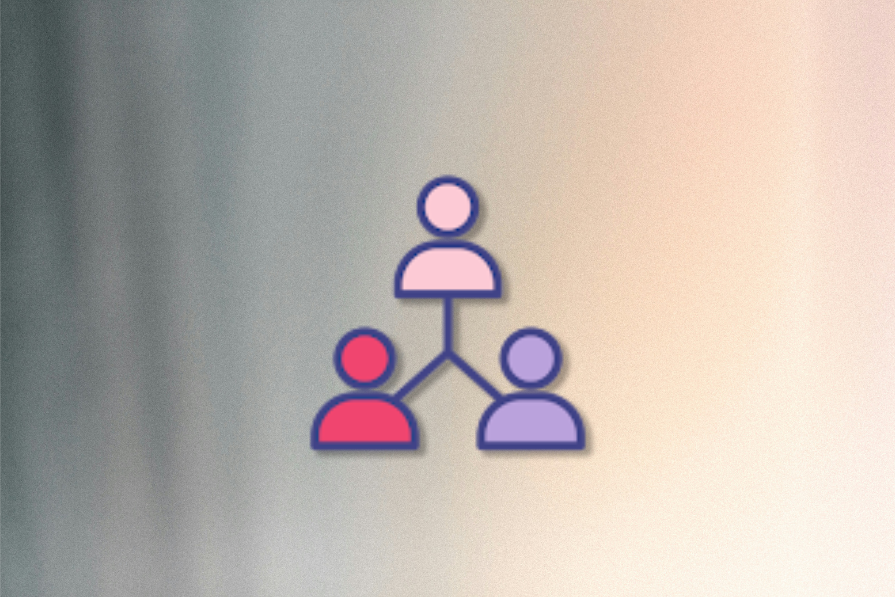Logrocket
1M
436

Image Credit: Logrocket
Async standups: Pros, cons, do they make sense for you?
- Daily standups have been a core element of software development but come at a cost of time, leading to an exploration of asynchronous standups as an alternative.
- Asynchronous standups involve written updates on a dedicated channel instead of daily meetings, resulting in boosted productivity and relevant updates.
- Benefits of asynchronous standups include improved productivity, concise updates, and fewer meetings, but challenges like updates becoming noise and decreased team morale arose over time.
- A middle ground approach with daily meetings on specific days and async updates on others helped solve some challenges but highlighted the importance of human interaction and team morale.
- The experiment showed that while asynchronous updates may work for some teams, the lack of daily synchronous touchpoints can impact morale, leading to a preference for fewer standups overall.
- Asynchronous communication is considered more efficient, but excessive async communication may be overwhelming, necessitating a balance between async updates and synchronous interactions based on team dynamics and context.
- The decision on whether async standups make sense depends on the team's collaboration needs, with a suggestion that they may be more suitable for teams that don't work closely but need regular updates.
- In conclusion, the effectiveness of async standups varies based on the team's context, and trying it out can provide insights into team dynamics and communication preferences.
- Experimenting with different meeting approaches can lead to finding the optimal balance between async and synchronous communication methods for improved team efficiency and morale.
Read Full Article
26 Likes
For uninterrupted reading, download the app